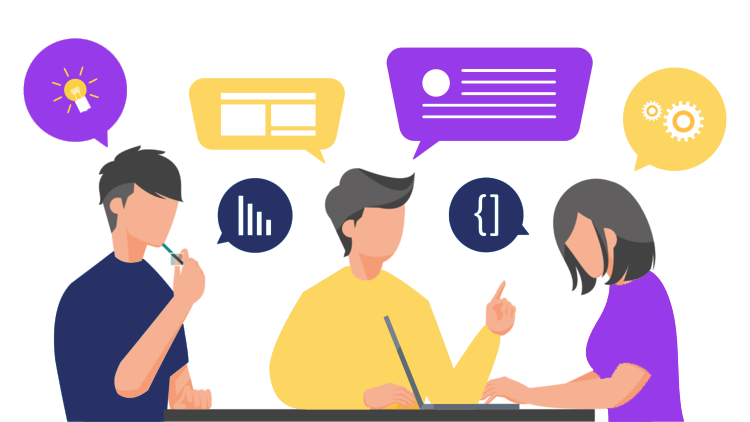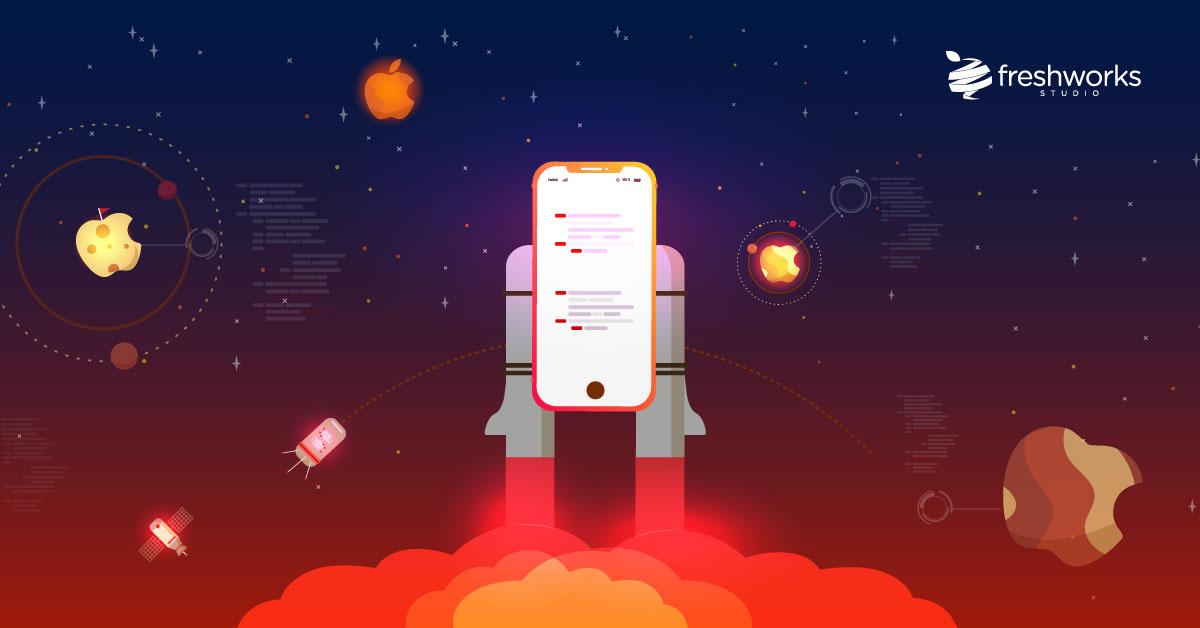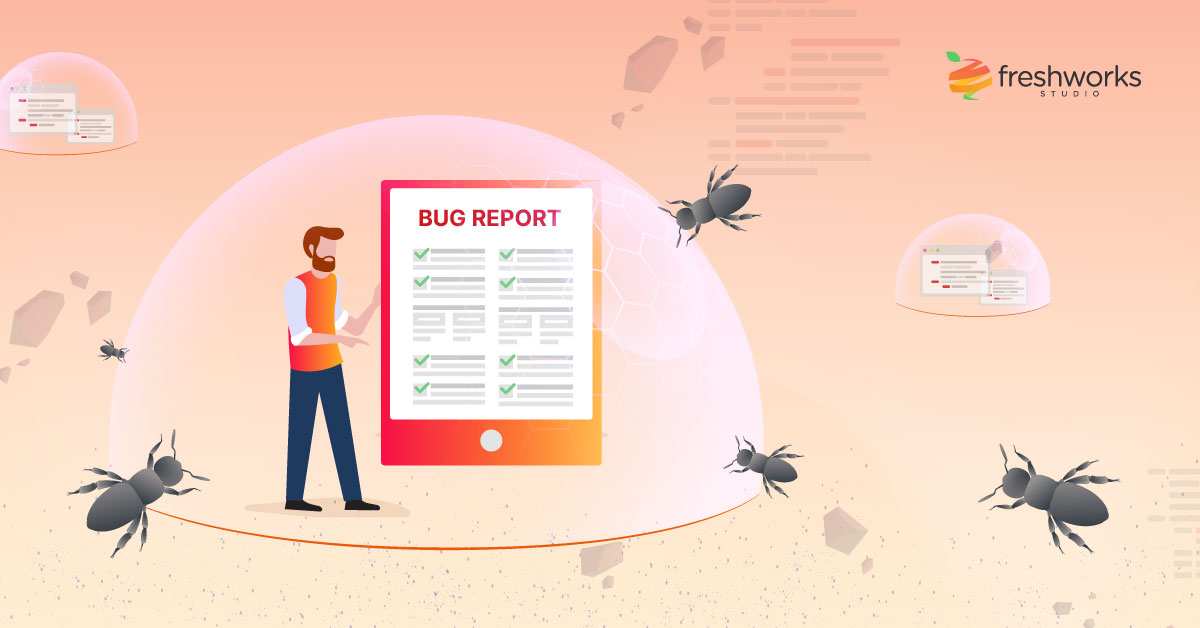January 2, 2020
Conducting Effective Research for User Experience Design


Author: The FreshWorks Design Team (Yui Sotozaki, Claire Chen, Tomas Garcia, and Roop Jawl)
User research helps you make design decisions based on real-world observations. It helps the team stay focused on what design elements are higher priority than others and why. More importantly, it helps you make those decisions in ways that will add to your organization’s competitive edge in the marketplace.
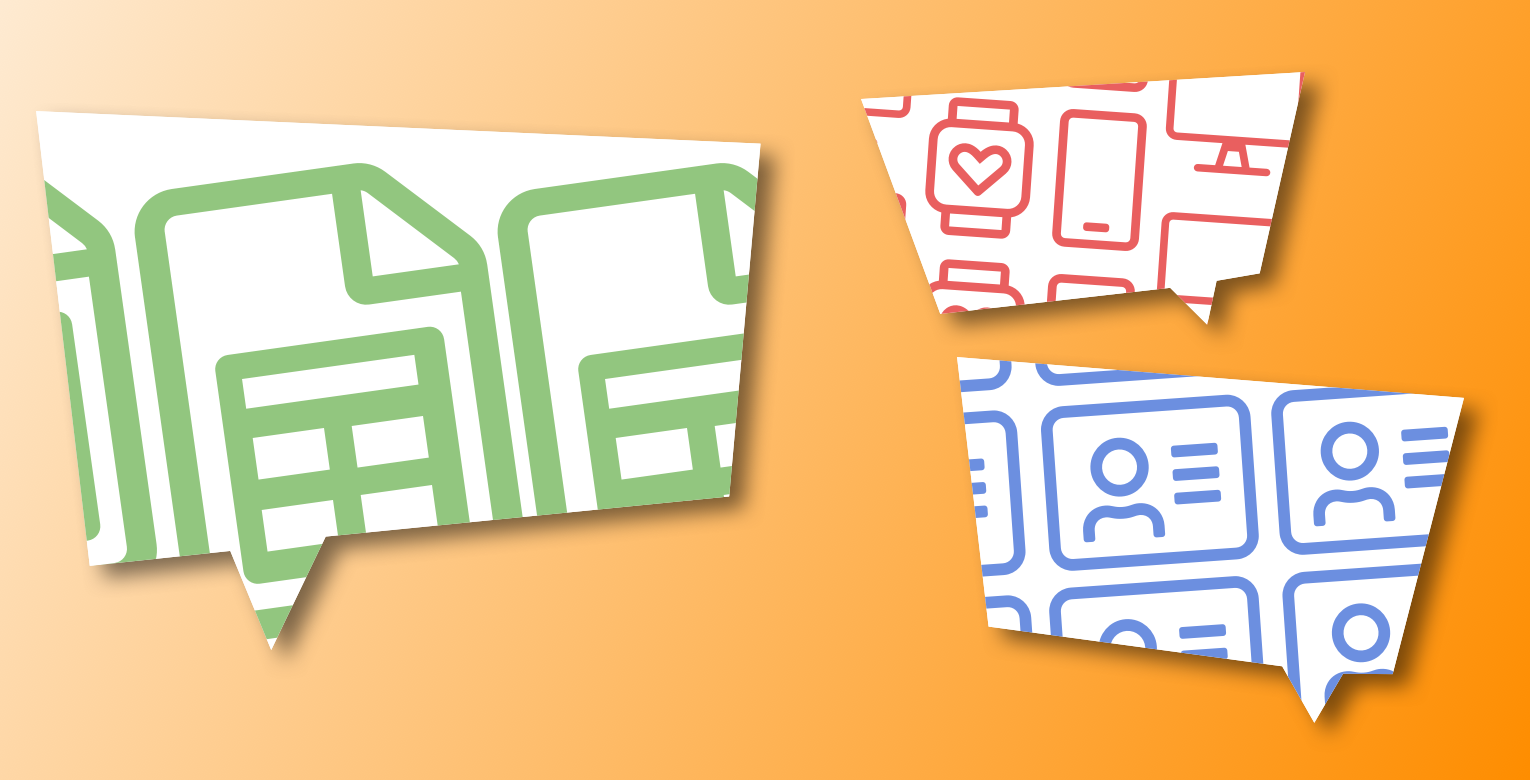
As part of the Design Thinking Process, conducting an effective user research is an important part of any client engagement.
Conducting a user research session is not hard, and it only takes a little bit of curiosity and awareness to make it an effective one.
Knowing vs Understanding
You’ve seen those spreadsheets with requirements. User needs to be able to do this and that. They don’t tell a big story about exactly where these requirements came from.
Knowing about your users, you can design features that address their atomic needs; needs that the lines of requirements on the spreadsheets convey.
Understanding your users will give you insights into the users’ point of view. These insights give you the ability to design experiences that will holistically solve the user’s needs; the true requirement the collection of those lines in the spreadsheet was trying to convey.
Effective user research takes you from knowing the users to understanding the users and capturing the experience requirements by creating meaningful user stories.
A Quick Recap
Before we jump into what makes effective user research, let’s quickly recap why we conduct user research and what’s involved. We conduct user research because we want to base our business decisions on facts. If we understand the users, we can make things that will fill their needs.
To this end, we do things like:
-
Learn about users like demographics and lifestyle
-
Learn about their existing user experience
-
Observe and interview real users
-
Create some user stories
-
Create a user journey map that ties the stories together
-
Usability testing
-
User feedback collection
These basic user research activities give your team a glimpse into how your product/service fits into users’ existing experience. Based on this approach, you can expect to design a user experience that is acceptable to the users and probably look similar to the experiences offered by your competition. Similarity isn’t necessarily a bad thing. There are advantages to using familiarity as a tool to boost initial adoption.
The bulk of the research is typically conducted during discovery phase and it can also be adapted to be done in an agile manner. It is a shared activity, typically amongst product owners, business analysts, and a UX researcher/designer.
Benefits of Effective User Research
Conducting effective user research doesn’t require you to do different things from basic research. All you need to do is shift your focus around during your research so that you are looking at the research topic from multiple layers. Shifting your focus between user-centric view and their ecosystem will yield the following advantages over basic user research:
-
Insights into true requirements
-
Deep understanding of user ecosystem
-
Clues for design elements that leads to market differentiators
-
Insights that drive pragmatic designs based on value proposition
Insights into True Requirements
Conducting effective user research means you carry out whatever activity is necessary to understand the user’s point of view. You learn about the users to the point where you can empathize with them and role-play that user at the drop of a hat. If you can fake it, you’ve made it.
These insights do not come from filling out a “Persona Form” in your internal wiki; instead the Persona documents are the result of having achieved a deep understanding of the users. It’s about being curious about the user’s life experience and their expectations. It’s up to you to use your communication skills to draw them out whenever you have the opportunity.
Deep Understanding of User Ecosystem
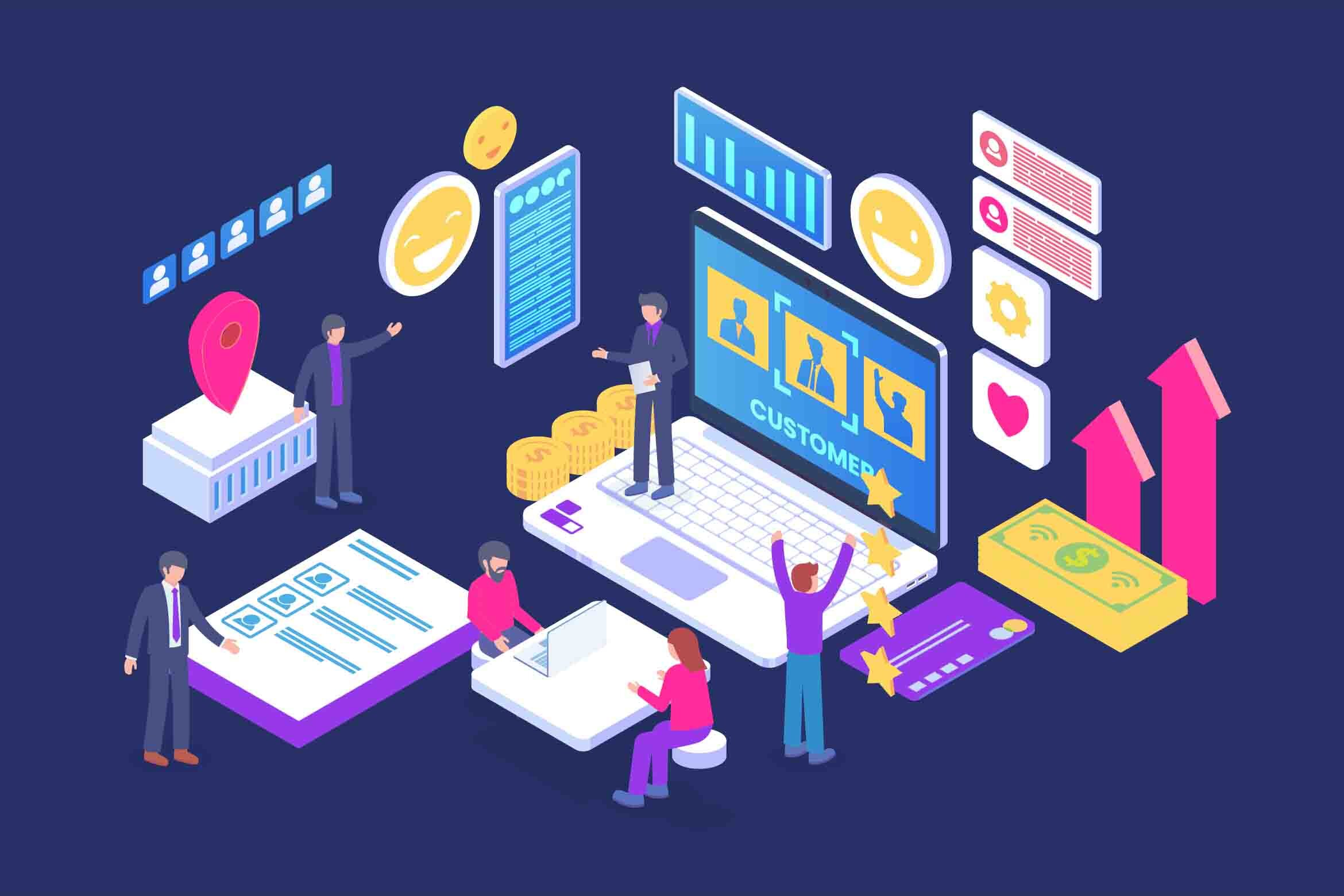
User stories and user journey maps are useful in knowing the user. Basing your design decisions solely on these, however, can limit your understanding of the ecosystem.
Keep in mind that the purpose of the actions being taken in the user stories may already be a reaction to a (real or perceived) restriction in the ecosystem.
An example of this might be something like, “As a manager of ABC, I want to be notified of my upcoming meeting so that I can get there on time.” It’s a typical scenario with typical ask for a typical reminder to get the user moving. If you designed a feature based on this story, it may end up looking very similar to any other notification feature. You know that the user is busy, but strive to understand the user and their ecosystem. Why are they so busy to begin with and why was “notification” chosen as a solution in this story?
Stay curious about the simplest things and you will uncover some interesting backstories that gives you the edge when designing a new experience. Even if you don’t find any new insight, you can now empathize with the user. This is key when showcasing your design and getting buy-ins from your clients. You can speak to the design from the user’s point of view.
Market Differentiators
Continuing with our example, you may reach a revelation that the user wants to be notified so that they can go to the next meeting but in reality, they often need to send a quick email or DM to their peers that they’re running late. This kind of insight can change the approach to user experience design.
Before we understood the user, we were thinking about just notifying the user of an upcoming meeting. Now we can get creative with notifications that will help the user make decisions. Would they want colour coding on the notification to show that the user is invited as optional – alleviate their anxiety right away so that they can bring the discussion at hand to a conclusion? Would a quick reply button on the notification to let the organizer know you’re going to be late help the user and their peers’ day-to-day life and relationship?
Now you’re no longer just designing a run-of-the-mill notification feature. It’s a personal assistance feature that actually helps users make decisions and take actions. It’s different. It’s a differentiator.
Pragmatic Designs based on Value Proposition
User experience design is often celebrated as the reasons why some apps and websites are absolutely amazing. In reality, it is the effective user research that helped focus design efforts to the key features while maintaining status quo in other areas. Not all user interactions need all the bells and whistles. Effective user research will help the team make pragmatic design decisions that maximizes the value delivered.
Share Your Insights
The insights you gather from effective user research is truly a wealth of information. Product owners, business analysts, and full stack developers will get something out of your findings.

